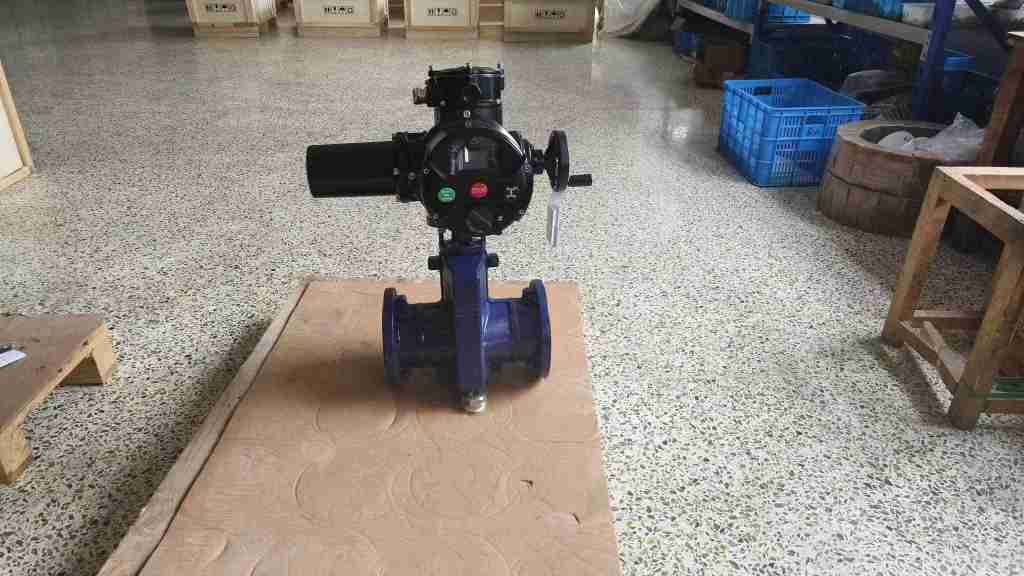Electric pinch valves are pivotal devices in fluid control systems, offering precise regulation of flow in various industrial applications. This innovative valve design utilizes an electric actuator to control the pinching mechanism, allowing for the efficient management of fluids, including slurries, corrosive substances, and other challenging materials. By delving into the operational principles, benefits, and applications of electric pinch valves, we can appreciate their ultimate significance in today’s engineering landscape.

Operational Principles Electric pinch valves operate on a straightforward yet effective mechanism. At their core, they feature a flexible tube or sleeve, typically made of rubber or a similar elastomeric material. This sleeve is housed within a valve body, and when the electric actuator is engaged, it applies pressure to pinch the sleeve closed, thereby restricting or stopping the flow of the fluid within. Conversely, when the actuator is released, the sleeve returns to its original shape, allowing flow to resume. The electric actuator can be controlled remotely, offering significant advantages in automation and precision. With the ability to integrate into sophisticated control systems, electric pinch valves can be monitored and adjusted in real-time, enhancing operational efficiency and safety.